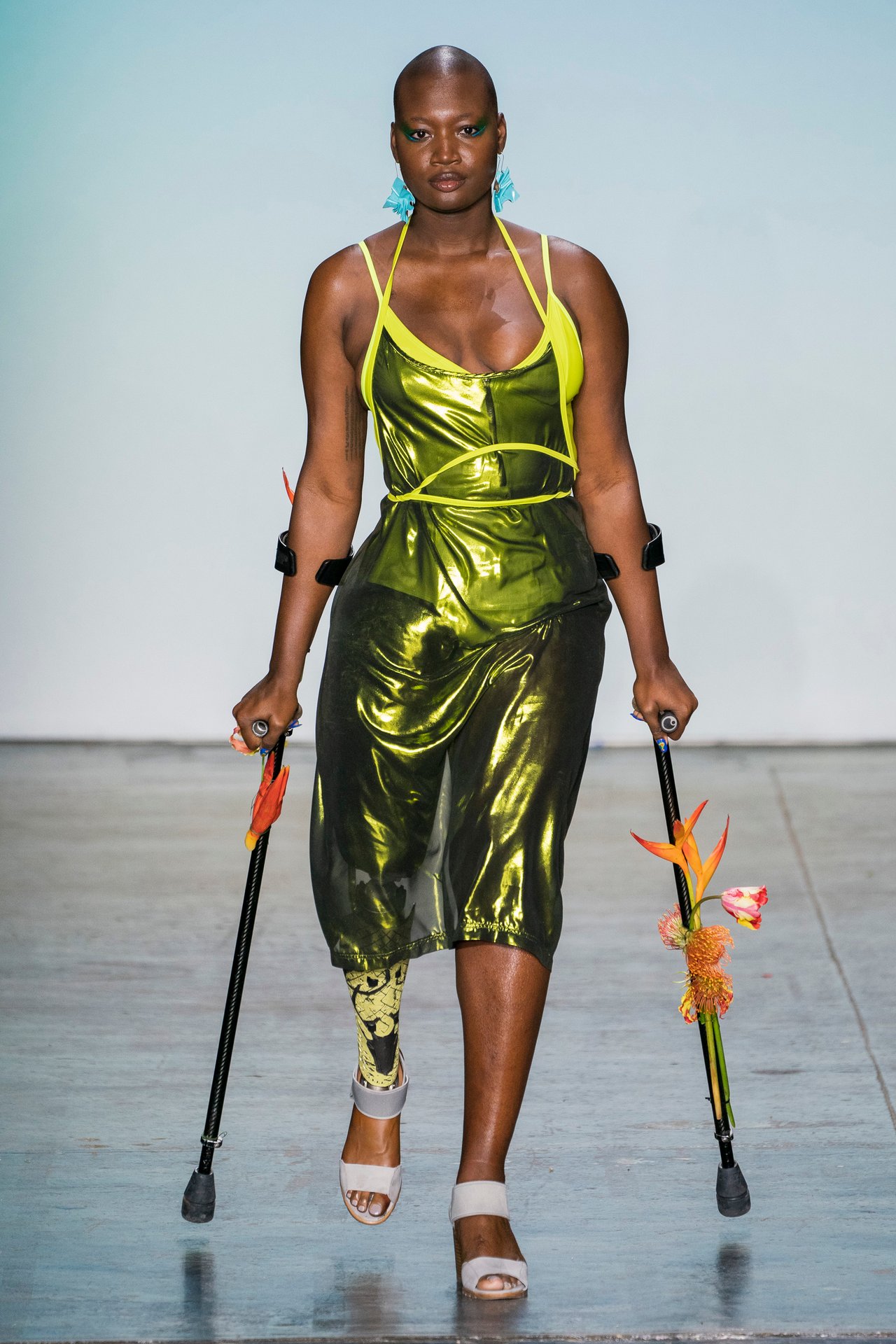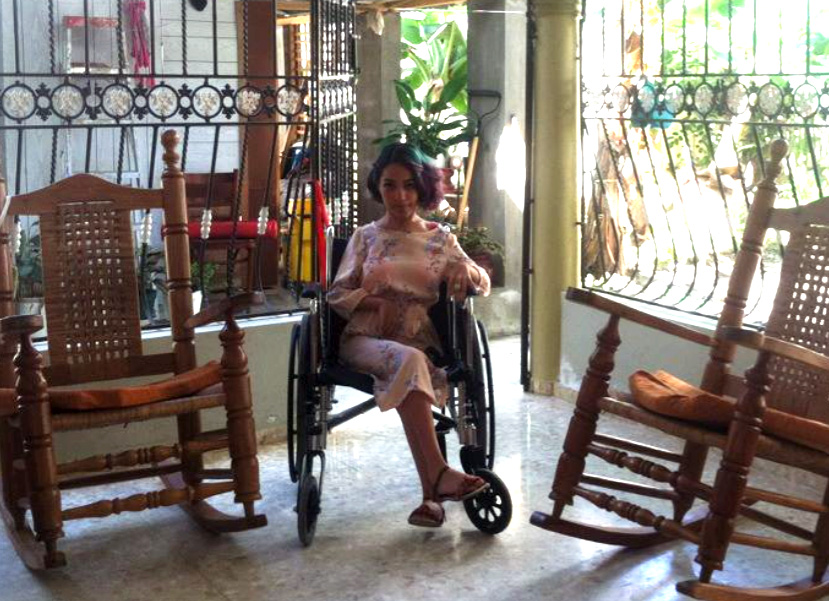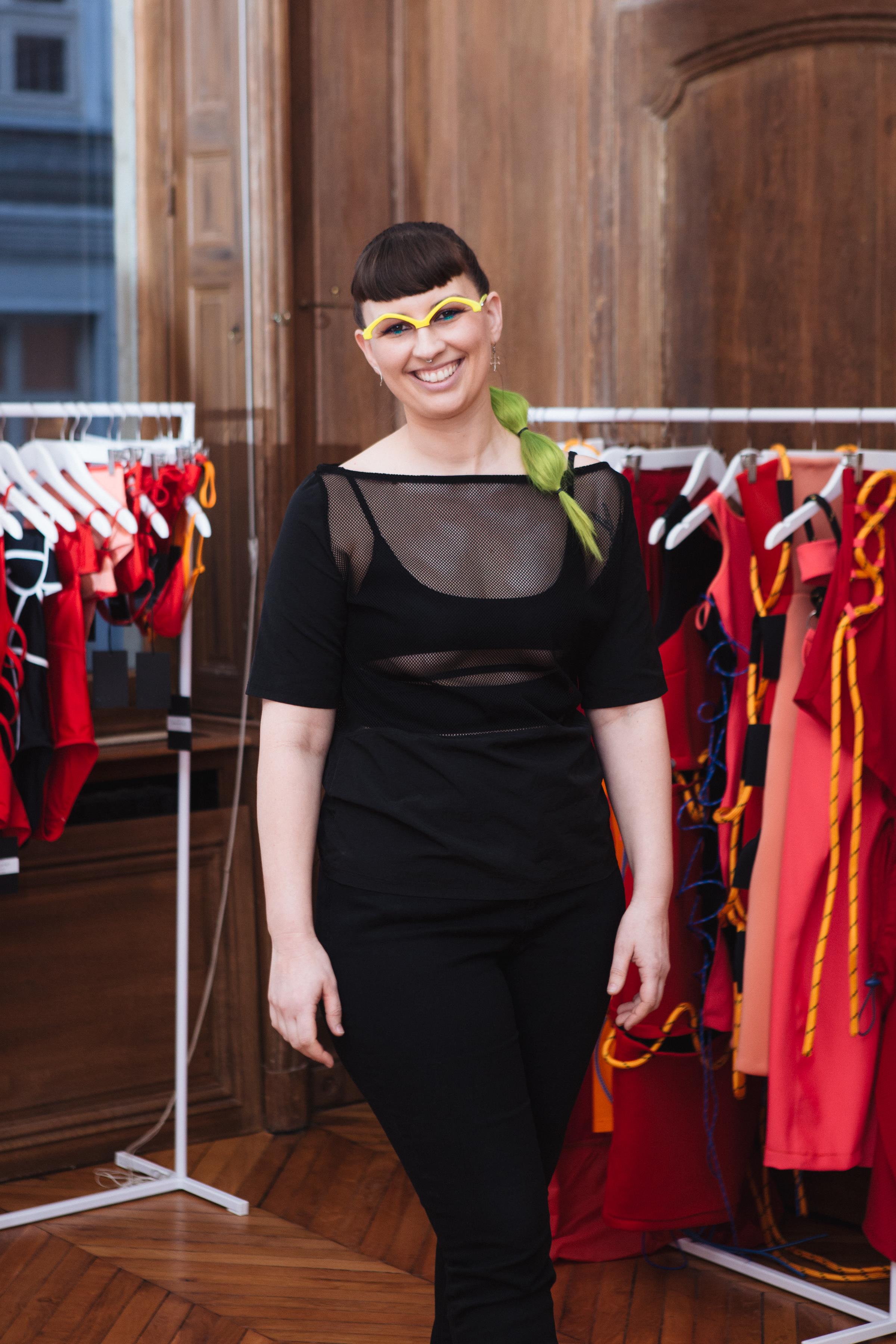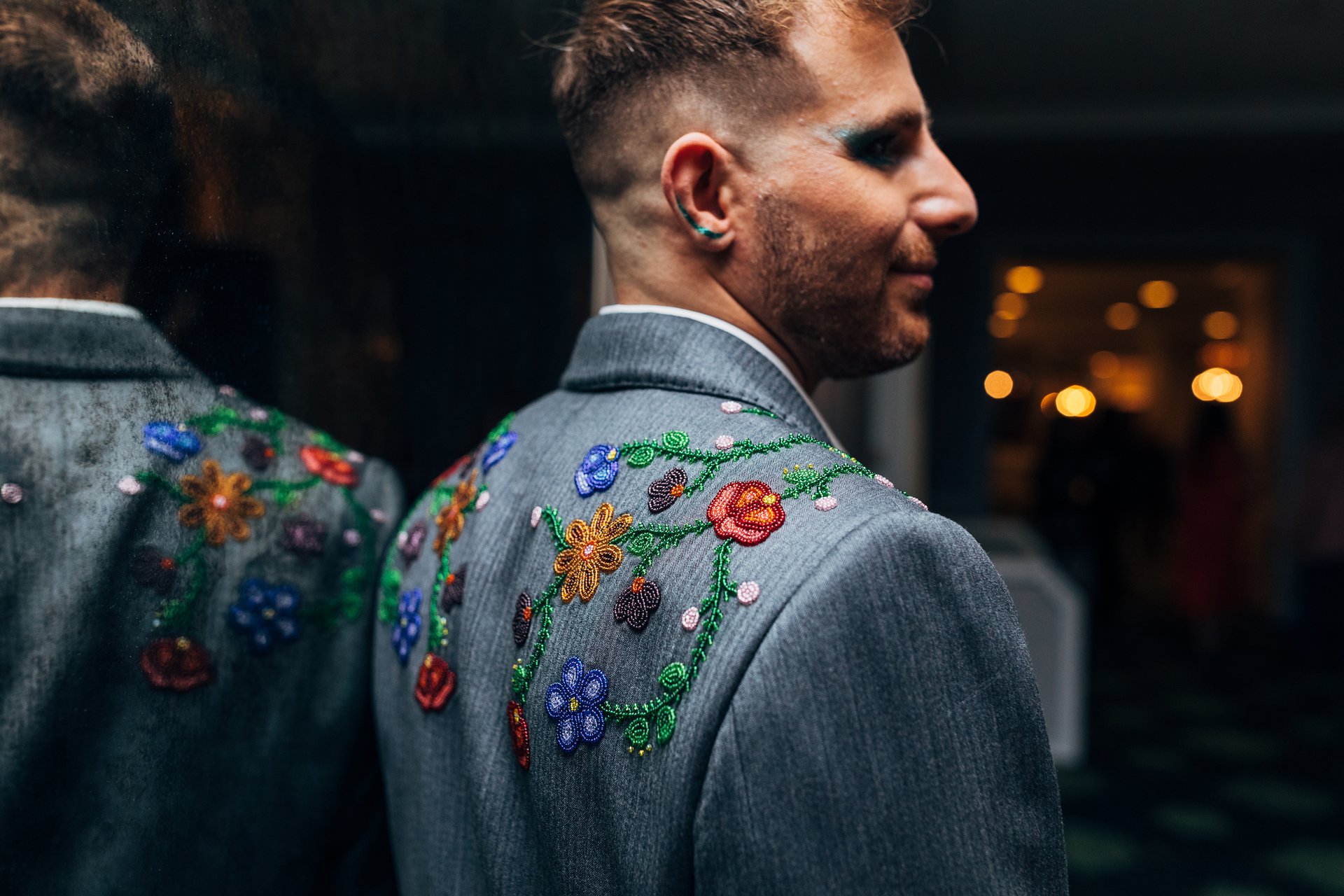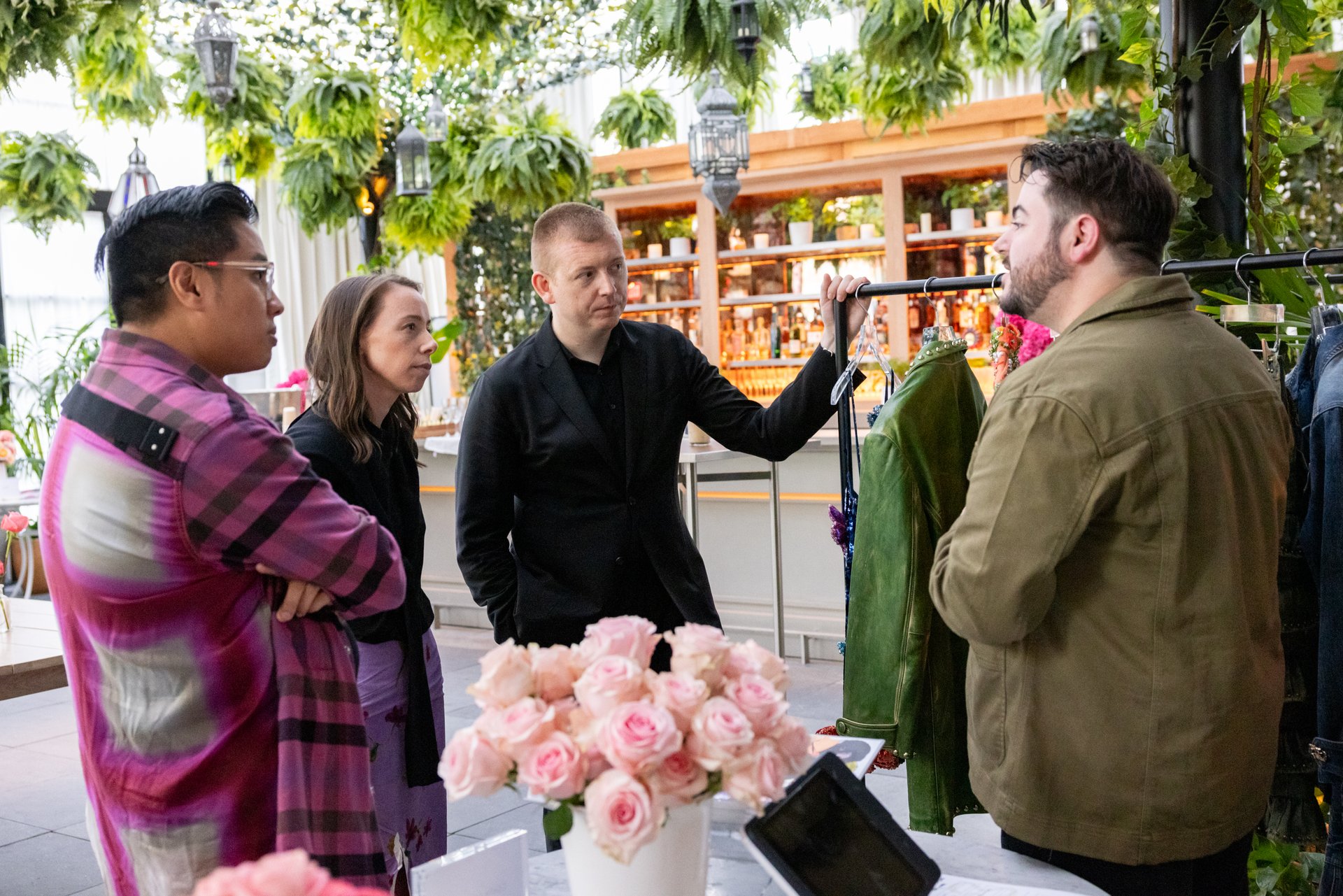As a queer and disabled educator, what experiences pushed you to be an advocate for disabled people in fashion?
As my vision shifted, my other senses took on richer roles in my engagement with fashion. It was coming into the disability community and learning from disability justice activists, disabled artists and designers and disability studies scholars that truly expanded my understanding of myself, fashion, and the world. I am forever grateful from the learnings from the project, Crippling Masculinity, which I recently co-facilitated. It explored how disabled men and masculine folks expand gender and fashion through their engagement with clothing in everyday life. The project culminated in an exhibition at Tangled Art + Disability in Toronto to showcase the fashion wisdom of disabled folks.
Why are you committed to centering disabled experiences in fashion regardless who becomes uncomfortable with the thought of change?
It has developed out of necessity because disabled folks have had to intervene into the design of artifacts, strategies, and systems in order to live in a world created for non-disabled people. The fact is that disabled folks have always been incredible fashion designers. We have altered clothing and developed new pieces because what exists was not designed for us and, for many folks, economically inaccessible. Disability activists and scholars call this perspective – understanding disability as a benefit – disability, d/Deaf or blindness gain.
It is the recognition that disabled folks have developed rich ways of living in the world that can benefit both disabled and non-disabled people. For design and design processes, disabled folks have developed innovative practices around, for example, multi-sensory engagement, artifacts that center access as functional and aesthetic, timing and pacing, and the practices of interdependence.
I want to use the privilege and position I hold to ensure that disabled folks—particularly those from multiply-marginalized disability experiences—can work in and lead fashion, with full value, recognition and compensation.
Do you foresee Parsons School of Design creating an outreach program for disabled people who have used their experiences to design adaptive garments?
Before joining Parsons, I had appreciated the work of faculty members to engage with the disability community. Whether through the school’s curricular collaboration with Special Olympics or the Open Style Lab, fashion students co-designed with disabled folks. Co-design projects will continue to be important spaces to engage in interdependent knowledge-sharing and create design while truly engaging disabled folks throughout the process, and fully credit and compensate them.
What I am personally committed to, however, is moving beyond co-design to creating pathways for disabled folks to move into educational and design spaces as fashion students, educators, designers and business people. Creating these systemic pathways and sustainable careers for disabled folks to work in and lead the fashion industry will create more functional, aesthetically original, engaging and inclusive design that benefits disabled and non-disabled fashion people.
For folks who want to learn more about disability creativity and wisdom, I’d encourage them to check out some of my favorite books, Crip Kinship: Disability Justice and the Art Activism of Sins Invalid and The Future is Disabled, and the podcast Crip Times.
